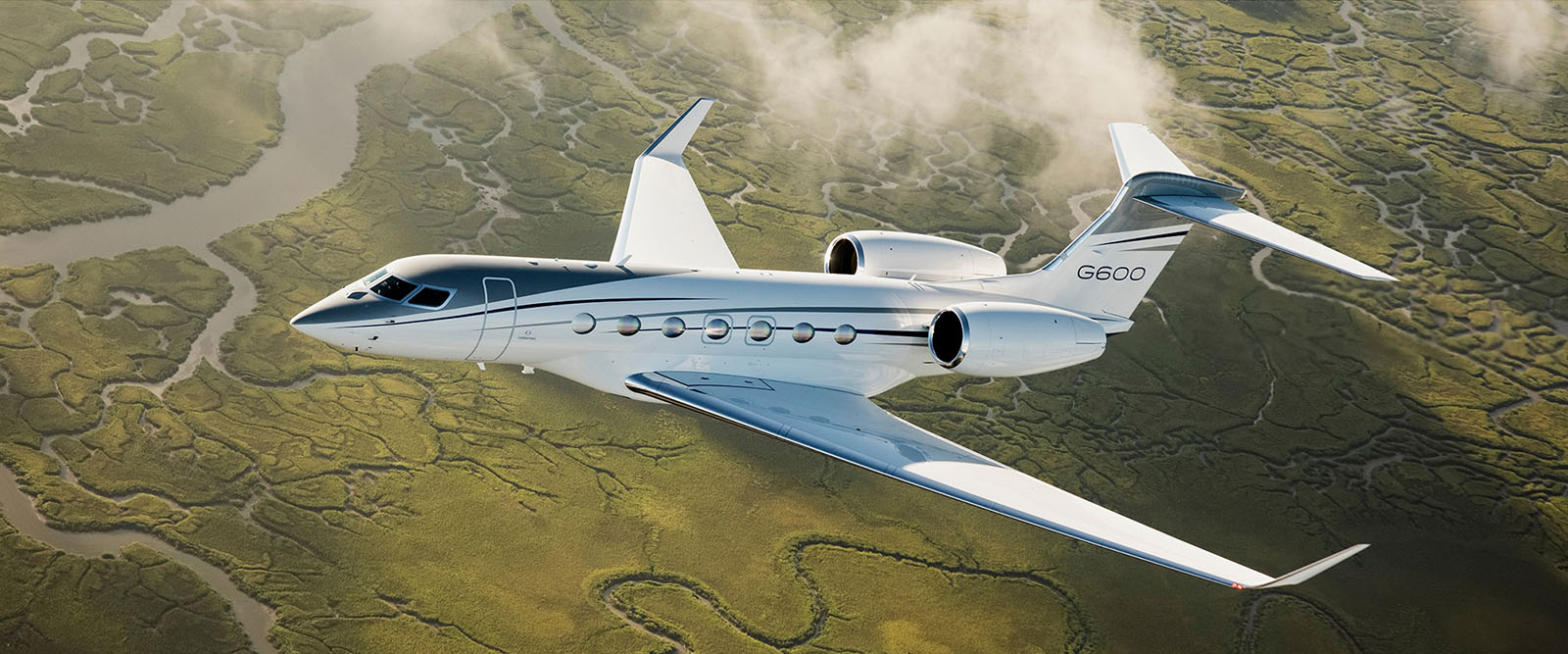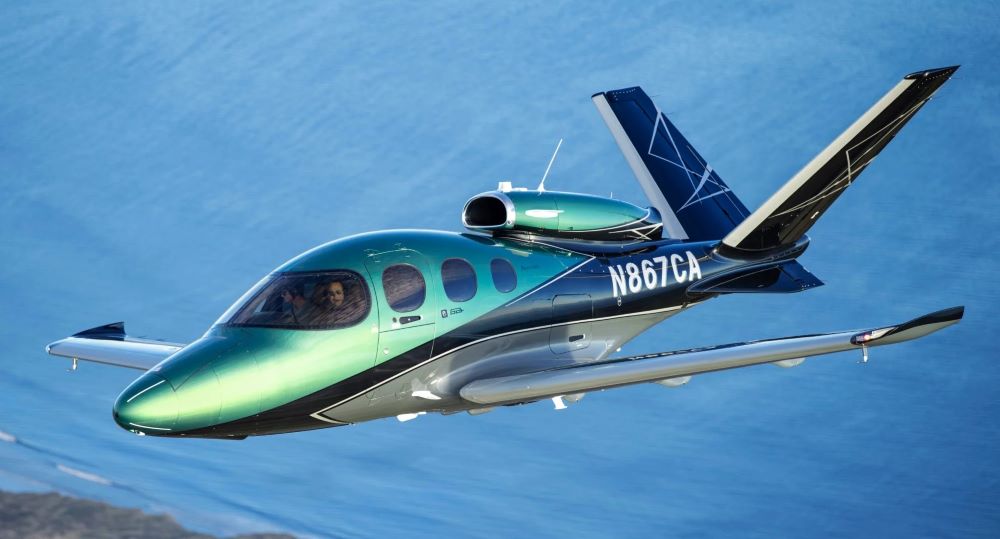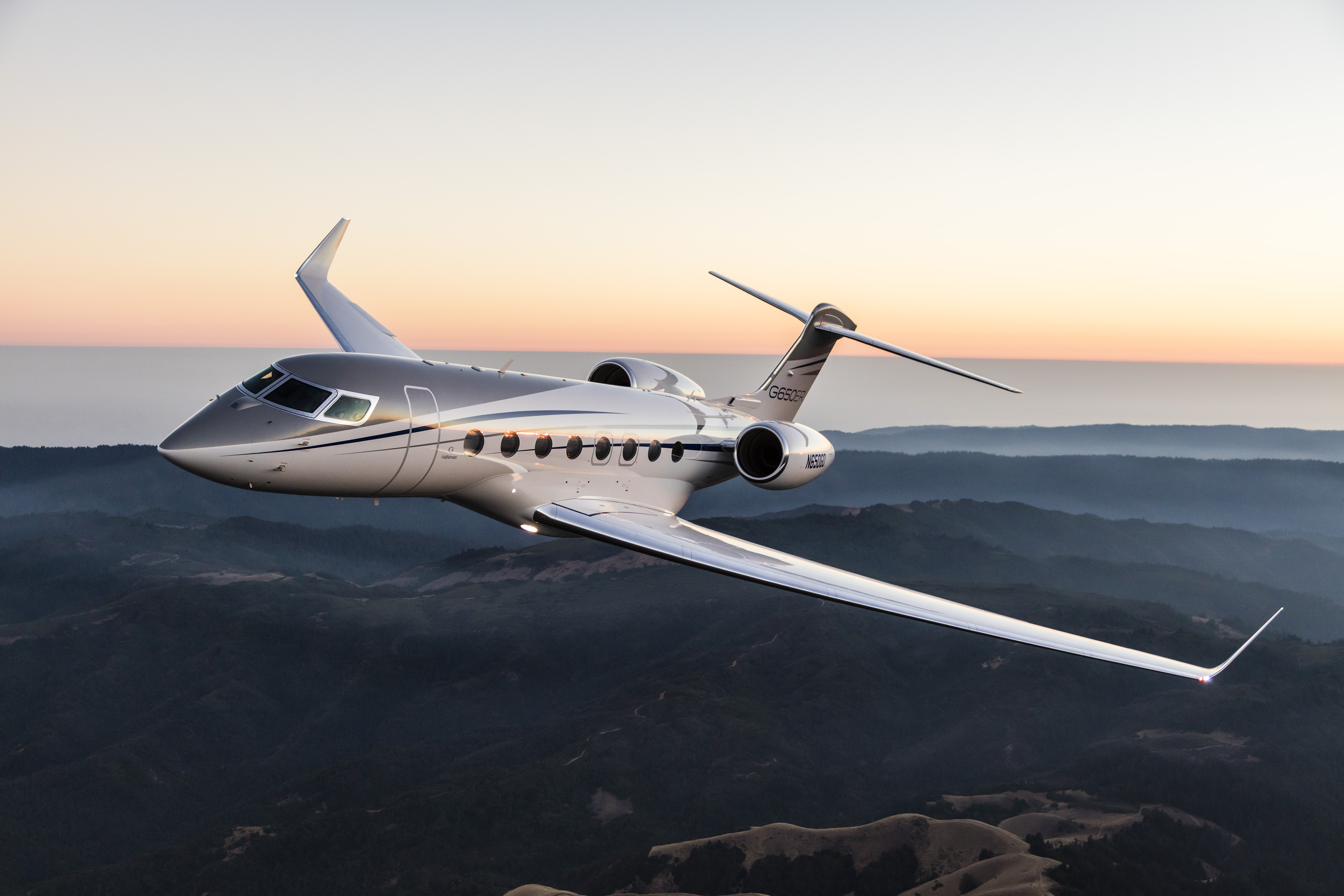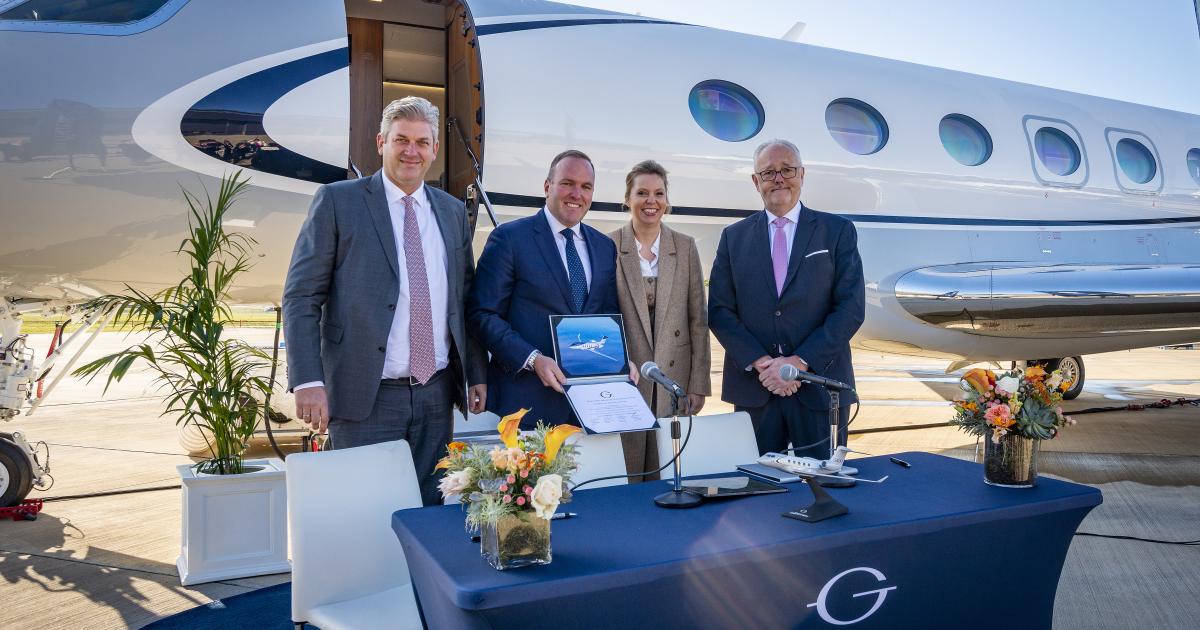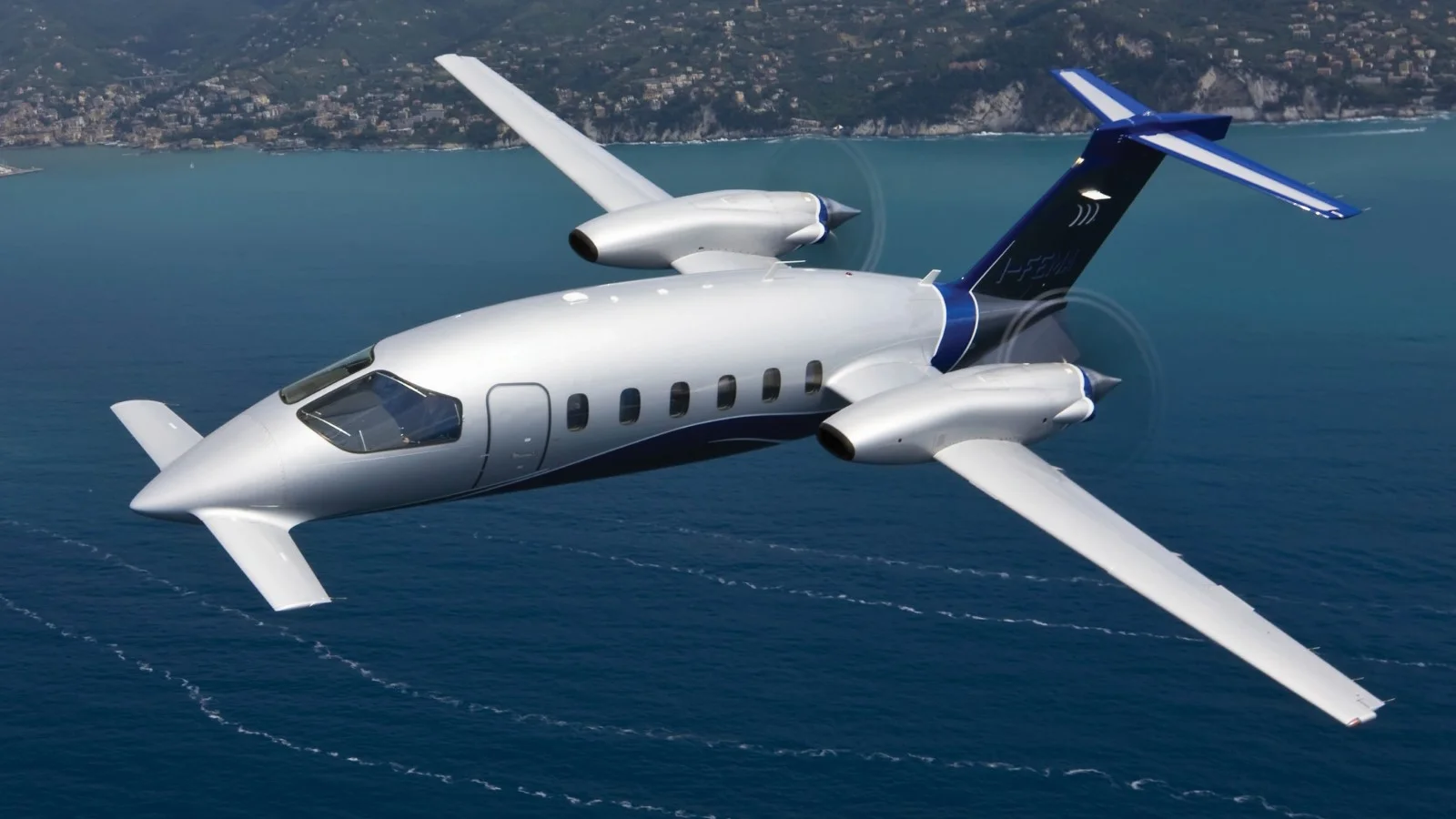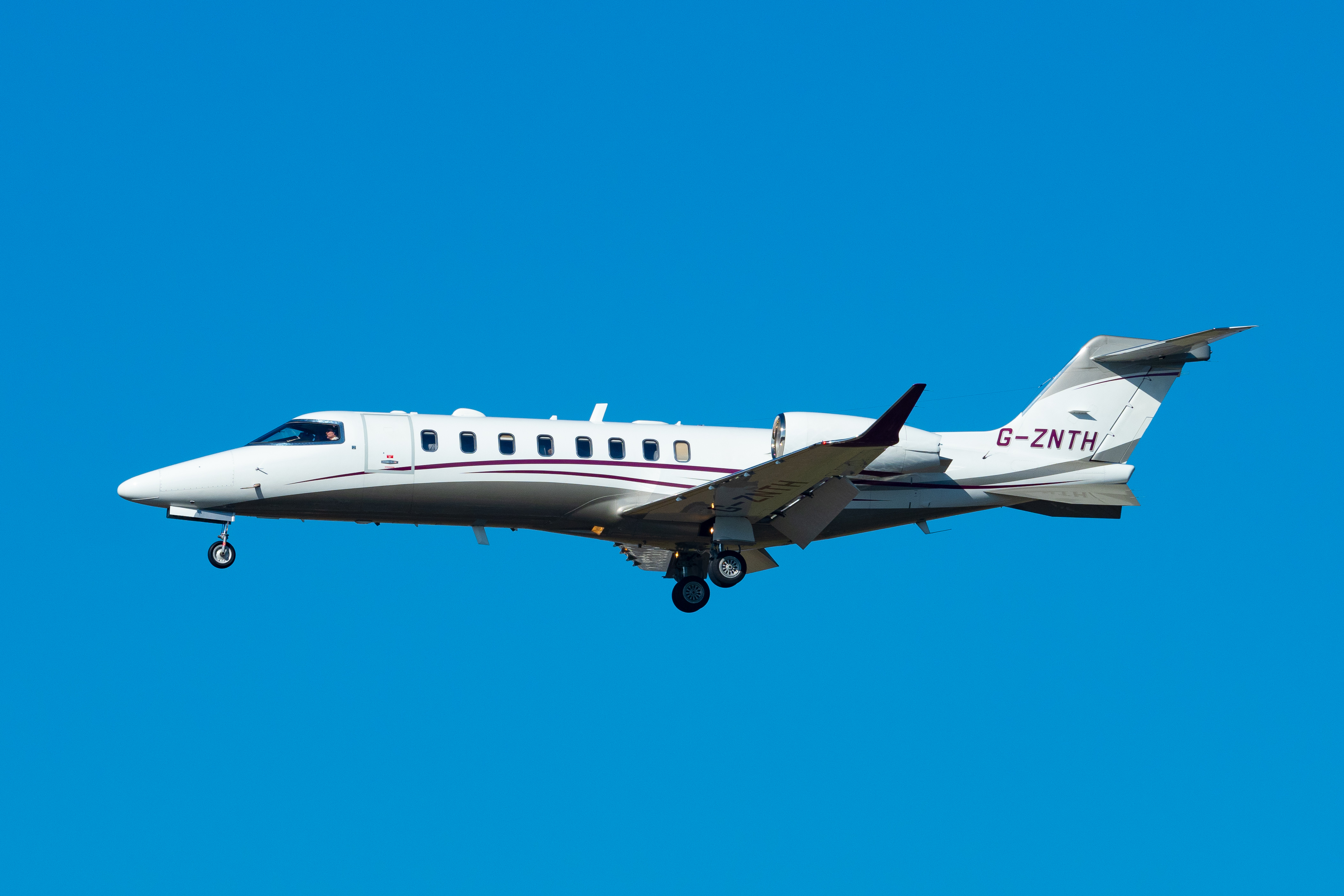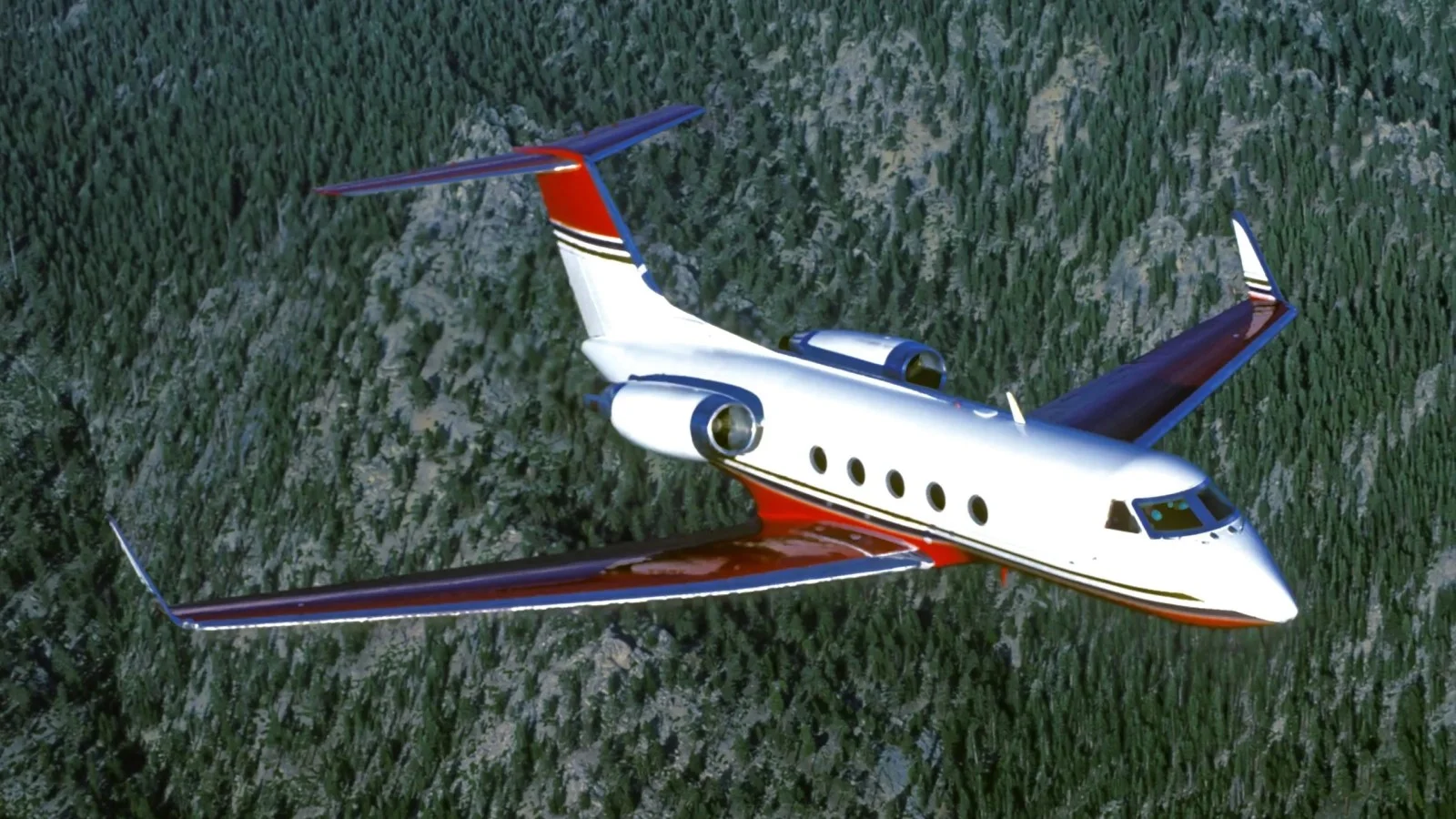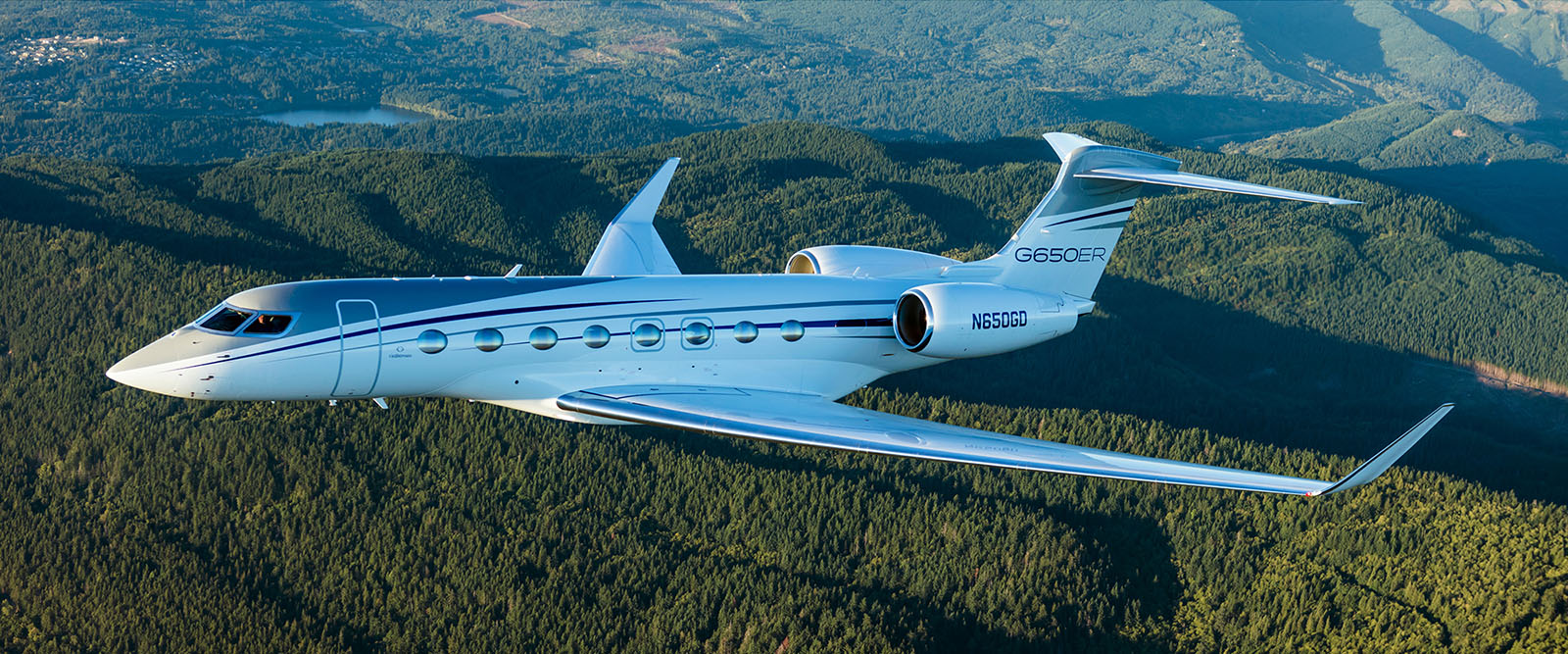The Gulfstream G800: Finally Here, and It’s Everything We Expected (and Then Some)
7 min read
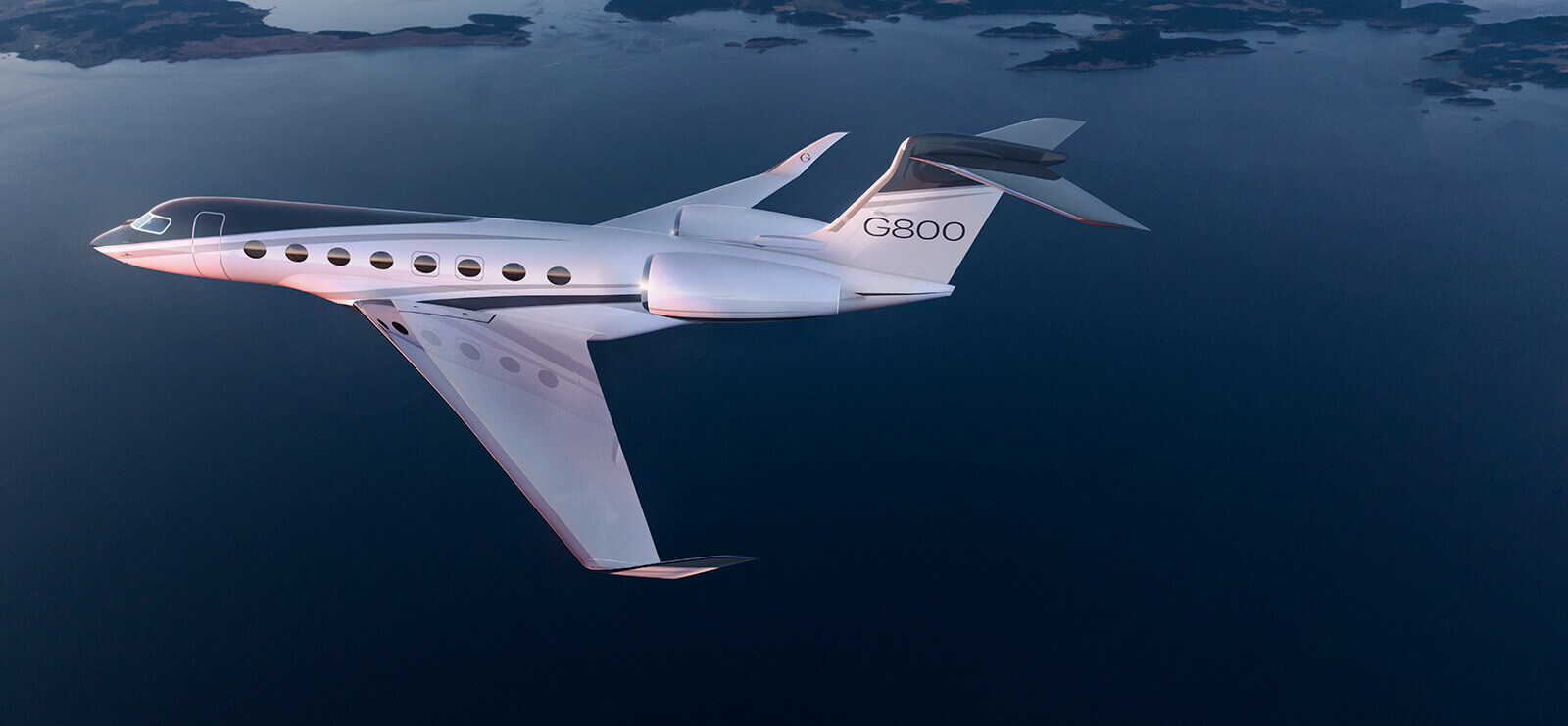
After what felt like an eternity of teasers and test flights, Gulfstream's G800 is officially in the wild. The FAA and EASA gave it their stamps of approval this past April, and the first lucky customer just took delivery of what some people are calling the most capable business jet you can buy today.
So the big question becomes: is it really the most capable business jet you can buy today? Has Gulfstream actually created the ultimate long-range business jet, or have they simply built the most expensive way to discover that physics still has the final say? Let's find out.
Performance and Range
Let's start with the headline act: that 8,200 nautical mile range figure. Now, you're probably thinking: every manufacturer loves to throw around their best-case scenario numbers. But here's where things get interesting with the G800.
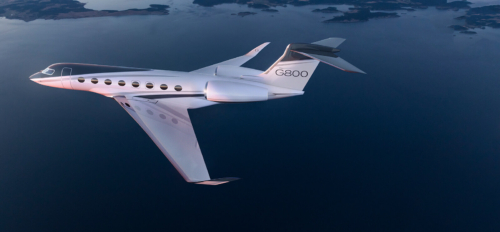
That maximum range isn't some theoretical laboratory number achieved under perfect conditions with minimal payload. We're talking about 8,200 nm at Mach 0.85 with a reasonable load. Crank it up to Mach 0.87, and you're still looking at 8,000 nm of range. Even if you're in a hurry and cruise at Mach 0.90, you've got 7,000 nm to work with.
To put this in real-world terms: you could fly nonstop from New York to Singapore. London to Sydney. Los Angeles to Dubai.
The engines deserve special mention here. The jet uses Rolls-Royce Pearl 700 turbofans, which aren't just powerful at 18,250 pounds of thrust each, but also remarkably efficient. Rolls-Royce has essentially perfected the art of wringing maximum performance from every drop of fuel, and it shows in the G800's range capabilities.
Speaking of altitude, the G800 gives you a 51,000-foot ceiling, which isn't just a bragging right. Up there, you're above most weather, above virtually all commercial traffic, and riding on some of the smoothest air you'll find.
Living Space That Happens to Fly
Here's where things get really interesting. The G800 isn't just long, at nearly 100 feet from nose to tail, it's intelligently long. That 46 ft 10 in cabin length translates into something you rarely see in business aviation: genuine living space.
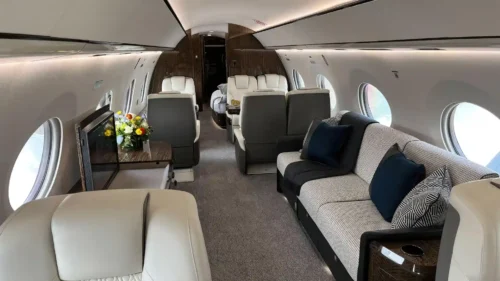
Walk into the cabin, and the first thing that hits you is the sheer volume of space. We're talking 2,138 cubic feet of cabin volume, but more importantly, it's space you can actually use. The 6 ft 3 in ceiling height means even tall passengers aren't ducking, while that 8 ft 2 in width creates an almost residential feel.
Gulfstream says you can accommodate up to 19 passengers, but the real magic happens in how you can configure this space.
Four distinct living areas if you want maximum separation, or three living areas plus a dedicated crew rest. There's room for proper conference areas, dining spaces that actually work for more than just snacking, and lounges where you might genuinely want to spend time.
The attention to materials and craftsmanship borders on obsessive. We're talking onyx leather with mahogany contrast stitching, diamond hand-stitching on seats, and handcrafted cabinetry with composite Dark Wenge veneer. The polished white stone flooring and woven mélange sidewalls create an aesthetic that feels more like a luxury yacht than an airplane.
The Flight Deck
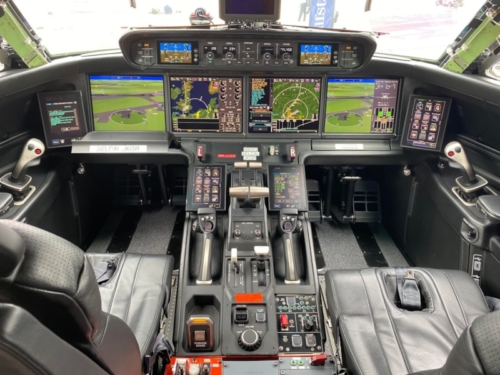
Look, most people are generally skeptical of cockpits that look like they belong on the Enterprise. Too many screens, too much automation, and suddenly pilots become button-pushers instead of, well, pilots. So when we first saw the G800's Symmetry Flight Deck with its ten touch screens, our initial reaction was somewhere between concern and eye-rolling.
Turns out it’s not like that.
The Combined Vision System in the jet sounds like marketing speak until you're trying to land at some airport where the weather has gone sideways. Enhanced Flight Vision, merged with Synthetic Vision, gives you eyes that work better than your actual eyes.
Next is a feature that will impress most operators: the Predictive Landing Performance System. Most safety systems tell you when something's wrong. This one prevents the problem from happening in the first place by constantly calculating stopping distances based on real conditions.
But here's what really matters. After all the technology demos and feature presentations, what you're left with is an aircraft that flies more predictably, manages itself more efficiently, and gives pilots more mental bandwidth to focus on the important stuff.
The Price of Admission (and Everything After)
The sticker price hovers around $73.5 million as of this year. Once you factor in the kind of custom interior work that G800 buyers typically want, you're realistically looking at something north of $75 million.
Is that expensive? Well, yes. Obviously. But here's some context: the Bombardier Global 7500 plays in the same financial sandbox, so at least Gulfstream isn't pricing itself into complete absurdity. You're paying a premium, but it's not a completely irrational premium.
The real eye-opener comes when you start calculating what it costs to actually operate this thing.
Fixed costs alone will run you anywhere from $1.43 million to $2.2 million annually, and that's before you even taxi to the runway. Crew salaries eat up nearly $820,000 of that. Hangar storage runs $120,000 to $200,000, depending on where you park it. Insurance? Well, when you're insuring a $75 million aircraft, expect to pay somewhere between $200,000 and $500,000 annually for hull and liability coverage.
Then there's the hourly burn rate. Figure roughly $7,800 to $8,000 per flight hour, with fuel being the biggest chunk at $3,200 to $4,000 per hour. The G800 drinks about 462 gallons per hour, and jet fuel isn't getting any cheaper.
Let me put this in perspective with some real numbers. If you fly 100 hours per year, which is actually pretty light usage for an aircraft like this, you're looking at total annual costs around $2.22 million. Fly 200 hours annually, which is more typical for serious users, and you're at $3.02 million per year. Push it to 400 hours, and you're approaching $5.2 million annually in total operating costs.
That works out to roughly $22,000 per hour if you're flying 100 hours per year, dropping to about $13,000 per hour if you're using it heavily. Either way, it's not exactly budget travel.
But here's the thing about those numbers: if you're genuinely in the market for a G800, the operating costs probably aren't the deciding factor. The question isn't whether you can afford to fly it, it's whether the capabilities justify the expense compared to alternatives.
What the G800 Gets Right
First off, the range thing isn't just marketing. 8,200 nautical miles means genuine global reach without the hassle of fuel stops or crew rest requirements. But more importantly, the G800 maintains that range while cruising at Mach 0.85. Push it to Mach 0.935, which, by the way, makes it the fastest business jet you can buy, and you're still talking about serious distance capability. Those time savings add up. We're talking about 1.5 hours saved on routes over 6,500 nautical miles compared to what else is out there.
The fuel efficiency is another strong suit. Thirty-three percent better than previous Gulfstream models, with 25% lower emissions. That's not just good for the environment, it's good for operating costs and range calculations.
Cabin space is another area where Gulfstream really shows its experience. Those 16 panoramic oval windows flood the interior with natural light in a way that changes how the space feels. Up to four living areas means you can actually separate work, rest, and social spaces instead of everyone being crammed together for 12 hours.
Where It Falls Short
The cabin isn't the biggest in its class. The Falcon 10X and Global 8000 both offer more space, which matters on those 12-hour flights. Gulfstream essentially stretched the G650ER fuselage rather than starting fresh, and it shows in some configuration constraints.
That 462-gallon-per-hour fuel burn adds up fast. Annual inspections can hit $500,000, and when those Rolls-Royce engines need an overhaul, which they will, you're looking at over $1 million per engine.
The G800 arrived late to the party. Deliveries only started this year, while competitors have been in service longer. That means fewer service centers, less operational experience, and higher insurance premiums because it's new and expensive.
Bottom Line
The G800 does something no other business jet can do: fly 8,200 nautical miles at nearly Mach 0.94. At $72 million, it's the cheapest way to buy that kind of capability. The operating costs are substantial but not unreasonable given what you're getting. If you need the range and speed, nothing else comes close.
The cabin trade-offs are real, though. If passenger space matters more than ultimate range, look elsewhere. And be prepared for those operating costs; this isn't an airplane you fly occasionally.
For the right mission profile, the G800 is genuinely transformative. For everyone else, it's an expensive solution to problems you probably don't have.
